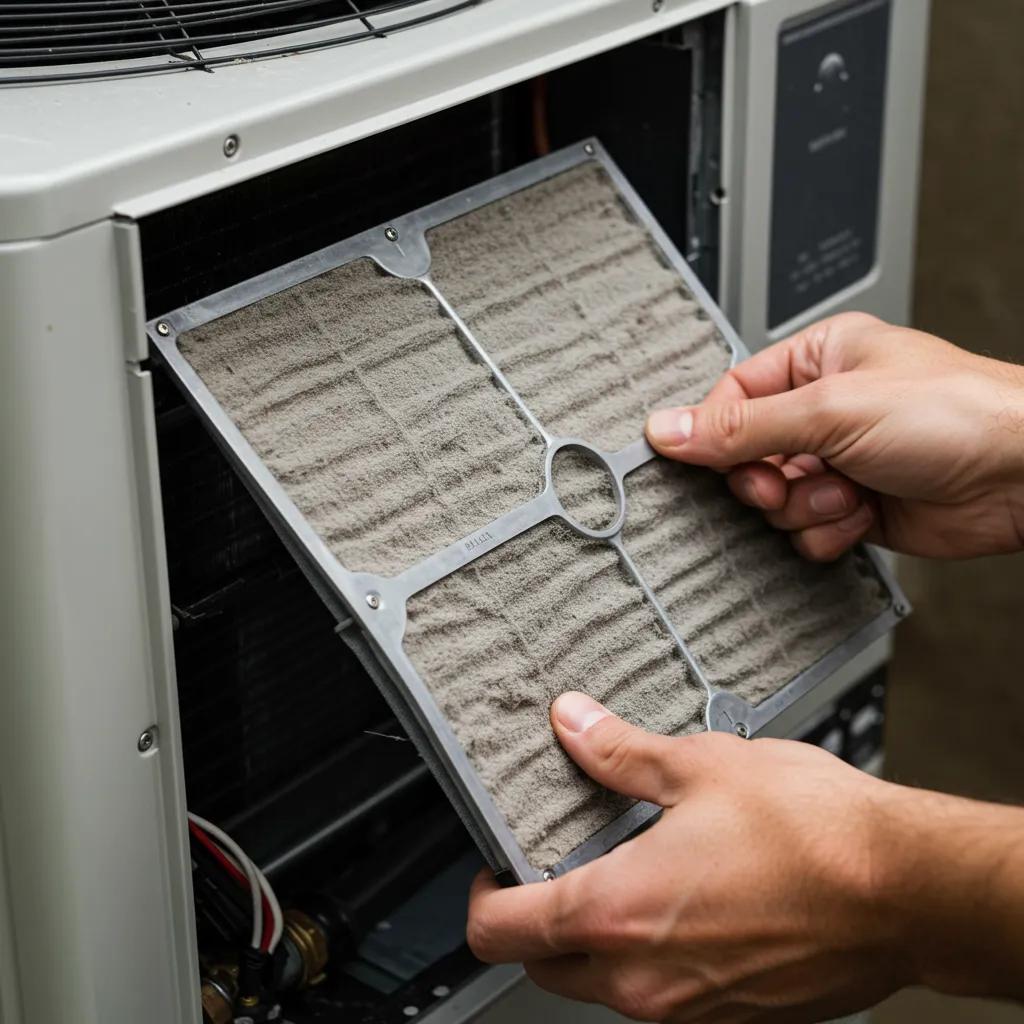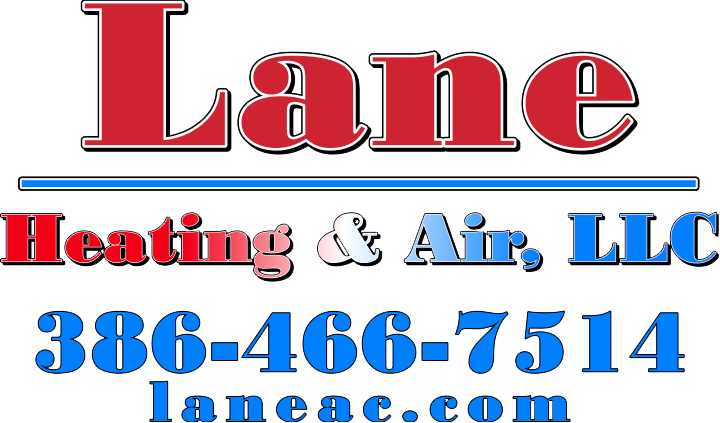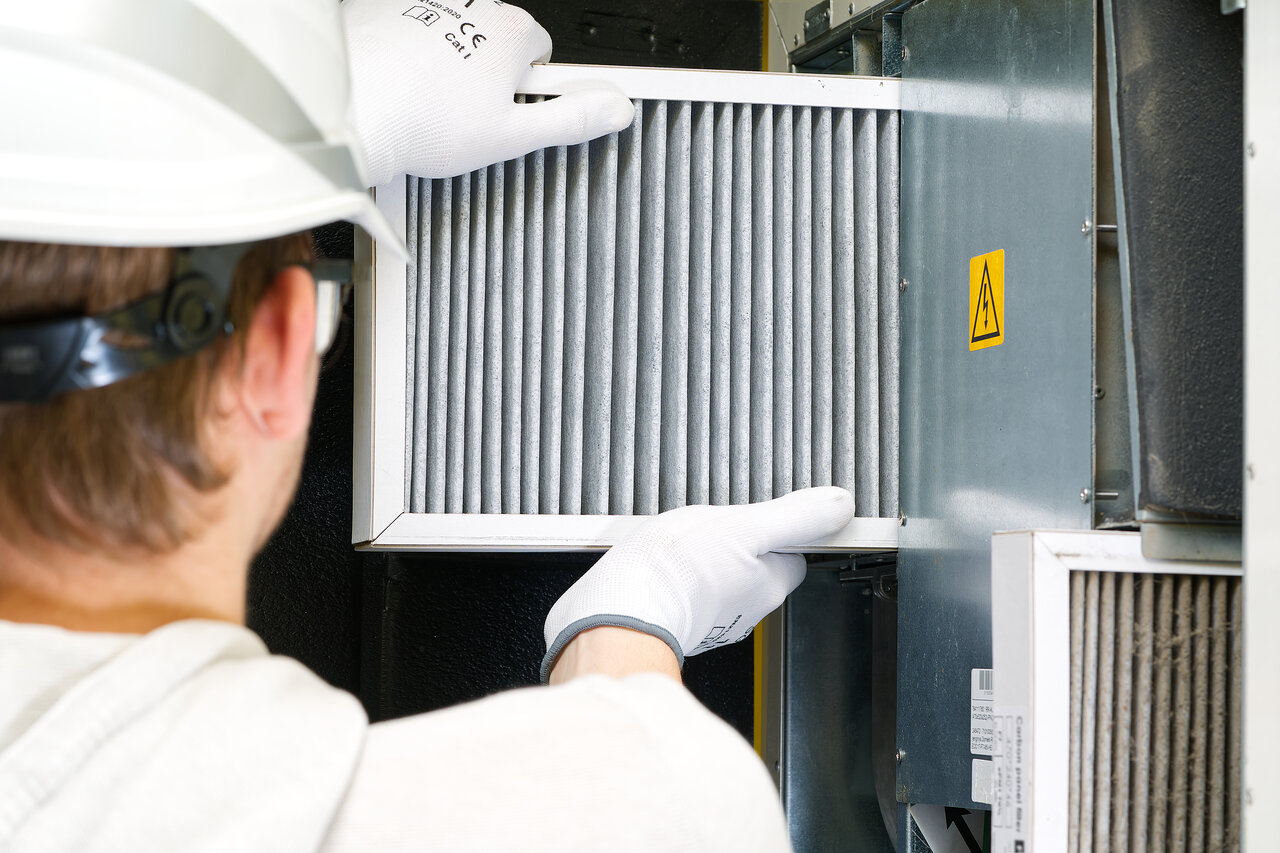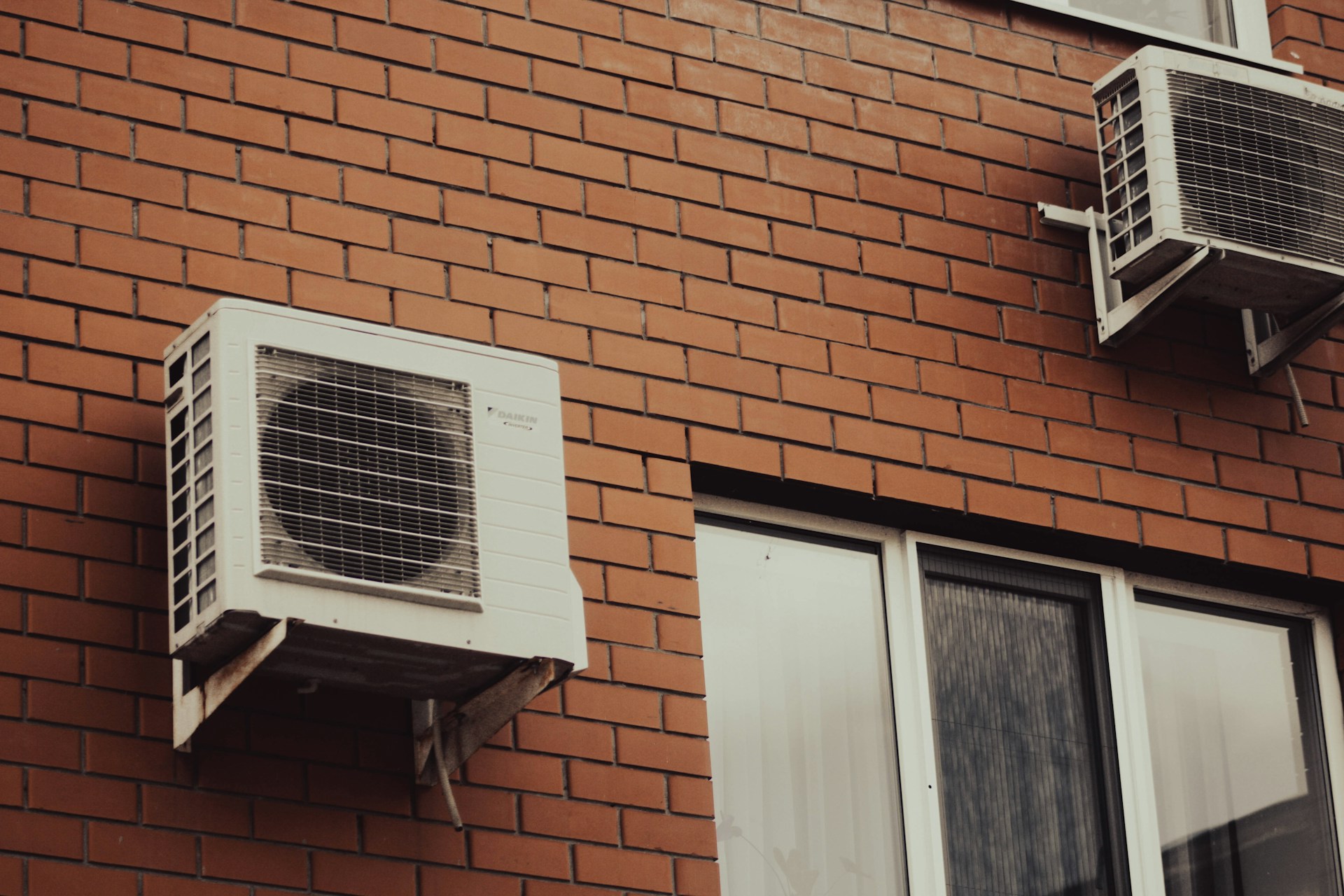Heat Pump Repair in Lake City, FL – Expert Services for Reliable Heating and Cooling
Heat pumps provide year-round comfort by moving heat rather than creating it, but like any mechanical system, they show wear and require timely repair to remain efficient and safe. This guide explains how to recognize common signs your heat pump needs repair, safe homeowner troubleshooting steps, and the maintenance schedule suited to Lake City’s humid, subtropical climate. You will learn the practical causes behind weak airflow, strange noises, refrigerant-related performance loss, and defrost-cycle problems, plus when to call a professional versus trying a safe DIY fix. The article lays out the specific repair and maintenance services available locally, explains what influences repair complexity and financing decisions, and highlights how properly trained technicians diagnose and resolve issues. Throughout, keywords like heat pump repair in Lake City and heat pump maintenance Lake City are used to help you quickly find the guidance relevant to homes in this area.
What Are the Common Signs Your Heat Pump Needs Repair in Lake City?
A heat pump that needs repair typically shows clear, observable symptoms that indicate failing components, refrigerant issues, or airflow restrictions. Identifying these signs early reduces energy waste and prevents secondary damage such as frozen coils or compressor stress, so homeowners should monitor performance, listen for unusual sounds, and check airflow regularly. This section lists the most common indicators, explains likely causes, and gives a short diagnostic checklist homeowners can use to prioritize next steps. Recognizing patterns—like poor heating during cooler months or frequent short cycling—points technicians to likely subsystems (compressor, reversing valve, thermostat) and speeds up accurate repairs.
The most visible signs include poor temperature control, odd noises, visible leaks, and frequent cycling. Detecting one or more of these should prompt basic homeowner checks (filters, breakers, outdoor unit clearance) before scheduling service, while combinations or sudden failures typically require professional diagnosis.
Heat pump symptoms homeowners should watch for include:
- Weak or uneven airflow: Restricted vents or failing blower components reduce comfort and signal duct or fan motor issues.
- Reduced heating or cooling capacity: Refrigerant loss or compressor wear causes inadequate temperature control.
- Unusual noises: Grinding, banging, or loud humming often point to failing motors, loose panels, or compressor stress.
- Frequent on/off cycling: Short cycling stresses components and often indicates thermostat, control board, or refrigerant problems.
Monitoring these signs regularly helps determine whether a quick homeowner action will resolve the issue or whether a technician visit is needed, which leads to the next section on specific checks you can safely perform at home.
How to Identify Weak Airflow and Poor Heating or Cooling

Weak airflow and poor temperature control often stem from simple issues like clogged filters or blocked vents, but they can also indicate more serious problems such as motor failure, duct leaks, or refrigerant-related compressor inefficiency. Begin with a filter and vent inspection, replacing the filter if it appears dirty and ensuring supply and return vents are fully open and unobstructed; these steps restore airflow in many cases. If the indoor fan runs but airflow remains weak, the issue may lie in the blower motor, wheel, or duct restrictions that require professional diagnostics using airflow and static pressure tools. Persistent weak airflow combined with inconsistent temperatures usually requires a technician to inspect meronym components such as the evaporator coil and blower assembly to determine whether repair or part replacement is necessary.
Recognizing whether airflow problems are simple maintenance issues or signs of component failure helps prioritize next steps, which naturally connects to checking for abnormal sounds that reveal mechanical stress.
What Do Strange Noises from Your Heat Pump Indicate?
Strange noises provide immediate clues to a heat pump’s condition because specific sounds map to likely failing components: rattling often means loose panels or debris, grinding can indicate bearing or motor failure, and loud humming or knocking may signal compressor distress or electrical issues. When a new noise appears, power the system off and inspect the outdoor unit for debris while keeping safety in mind; if the noise is mechanical and persists after clearance, it’s a likely indicator of internal motor or compressor damage. Some noises are urgent—loud bangs or hissing accompanied by loss of cooling/heating suggest refrigerant leaks or mechanical failure and warrant immediate professional attention. Documenting when the sound occurs (start-up, continuous, during defrost) helps technicians isolate the failing meronym (fan motor, compressor, reversing valve) and plan repairs more efficiently.
Understanding noise → cause mappings reduces unnecessary parts replacement and speeds repair decisions, setting up the discussion on the range of services available locally.
Which Heat Pump Repair Services Does Franks and Lane Offer in Lake City, FL?
This section describes the typical heat pump services homeowners can expect from professional HVAC providers and summarizes what each service includes so you can choose appropriately. Service types range from inspection and tune-up to full replacement and emergency repair, each addressing different failure modes and lifecycle stages. Clear definitions help homeowners decide when to schedule routine maintenance versus when to pursue installation or emergency response, and they clarify what technicians will inspect and test during a service call.
Franks and Lane (operating as Lane Heating and Air) provides a full menu of heat pump services for Lake City and nearby communities, including comprehensive heat pump inspection and tune-up, timely repair, professional installation and replacement, and 24/7 emergency heat pump repair with local dispatching of skilled technicians. As a family-owned lead generation and information hub with a Lake City address at 476 SE Perry Ave and direct contact by phone at (386) 466-7514, the company emphasizes rapid response, technician expertise, and a customer-focused approach to restore comfort quickly and safely. For homeowners seeking assistance, calling the local number connects you to a team that can schedule inspections, discuss diagnostics, and dispatch technicians when urgent repairs are needed.
Below is a concise EAV-style comparison of common service types to clarify what each includes and when to choose them.
| Inspection / Tune-up | What’s Included | When to Choose |
|---|---|---|
| Heat pump inspection | Visual and functional checks, filter inspection, electrical tests, refrigerant level check, safety controls verification | Choose when performance is diminishing or for annual preventative care |
| Tune-up service | Coil cleaning, lubrication, thermostat calibration, airflow optimization, efficiency tuning | Choose before high-use seasons to prevent breakdowns and save energy |
| Repair service | Component replacement (capacitor, contactor, reversing valve), refrigerant repair, compressor diagnosis | Choose when specific failure symptoms appear (no cold/heat, loud noises) |
| Installation / Replacement | Sizing, equipment selection, duct evaluation, removal of old unit, system commissioning | Choose when repair is uneconomical or to upgrade efficiency |
| Emergency repair | Rapid dispatch, temporary measures, safety shutoffs, diagnostic prioritization | Choose for sudden total failure, electrical hazards, or extreme comfort loss |
This comparison clarifies the scope of services and helps homeowners match their needs to the appropriate intervention. Understanding the inspection and tune-up scope leads into a deeper look at what technicians perform during those visits.
What Does Our Heat Pump Inspection and Tune-Up Include?
A thorough inspection and tune-up combine visual checks, performance testing, and small adjustments that restore efficiency and reveal developing issues before they cause failure. Technicians typically check filters and airflow, test electrical connections and capacitors, verify refrigerant charge and cycle performance, clean coils, and inspect safety controls and thermostat operation to ensure reliable operation. These tasks reduce energy consumption, improve comfort, and extend equipment life by addressing meronym components such as the evaporator coil and condenser fan that affect heat transfer and system reliability. Homeowners benefit from documented findings and prioritized recommendations, enabling informed decisions about repairs, replacements, or planned maintenance.
Regular tune-ups also establish a baseline for future diagnostics, allowing technicians to compare current performance against prior measurements to detect gradual degradation that simple visual checks might miss.
How Do We Handle Heat Pump Installation, Replacement, and Emergency Repair?
Installation and replacement begin with proper sizing and equipment selection to match home load, followed by careful removal of the old unit, ductwork compatibility checks, mounting, refrigerant handling, and system commissioning to ensure optimal efficiency. Technicians perform load calculations, verify airflow and duct integrity, and set up controls and thermostats to integrate the new system into the home’s HVAC ecosystem, reducing the risk of short cycling and premature wear. Emergency repair workflows prioritize safety and immediate comfort: dispatching a technician rapidly, stabilizing the system with temporary fixes if needed, isolating electrical hazards, and scheduling definitive repairs or part replacements. Effective emergency response prevents secondary damage such as frozen coils or compressor burnout and restores safe operation until full repairs can be completed.
Clear communication during installation or emergency visits ensures homeowners understand required follow-ups and potential financing or replacement considerations.
What Factors Affect Heat Pump Repair Costs and Financing Options in Lake City?
Repair complexity and financing options depend on multiple factors, including the nature of the failure, parts availability for specific brands, system age, and physical accessibility of equipment. Major component failures—compressor replacement or control board failure—typically involve higher parts and labor complexity than routine fixes like capacitors or contactors, while refrigerant recovery and recharging add regulatory handling and expense. Accessibility in tight mechanical closets or rooftop installations increases labor time and safety measures. Financing categories available to homeowners commonly include payment plans, third-party financing, and manufacturer programs, but availability varies; homeowners should contact their service provider to learn specific options and eligibility.
The table below maps common issues to complexity and likely impact on repair time and pricing influences to help homeowners evaluate repair versus replacement without listing specific prices.
| Issue | Complexity / Parts Needed | Impact on Repair Time / Pricing Factors |
|---|---|---|
| Capacitor or contactor failure | Low complexity; common parts | Short repair time; lower parts cost; rapid restoration |
| Refrigerant leak | Moderate; leak detection and recovery | Requires sealed-system work; regulatory handling increases time |
| Compressor failure | High; major component replacement | Significant labor and parts; potential need for system match/replacement |
| Control board failure | Moderate to high; diagnostic and replacement | Parts availability influences lead time; diagnostic labor moderate |
| Coil damage or severe corrosion | Moderate; coil repair or replacement | Access and brazing skills increase labor; potential refrigerant work |
This EAV-style mapping clarifies why some repairs are more expensive and helps homeowners prepare questions for technicians, leading to a practical overview of financing options.
Which Common Issues Influence Repair Pricing?
Specific failure modes influence repair complexity differently: compressor and sealed-system failures require refrigeration expertise and specialized equipment, control board faults need accurate diagnostics and possibly hard-to-source parts for certain brands, and mechanical wear like motor bearings typically involves moderate parts and labor. System age affects parts availability and whether repairs are economical versus replacement, with older systems sometimes requiring retrofit parts or full replacement to restore efficiency. Brand-specific components for legacy models may increase lead time and cost due to limited meronym part availability, while accessibility challenges—tight attics or rooftop units—raise labor time and safety-related expenses.
Understanding these dynamics helps homeowners evaluate repair recommendations and compare the long-term value of repair versus replacement.
What Financing Solutions Are Available for Heat Pump Repairs?
Typical financing categories for heat pump repairs include in-house payment plans offered by service providers, third-party consumer financing, and manufacturer or dealer financing programs for replacements; availability and terms vary by provider and credit eligibility. Homeowners considering larger repairs or replacements should ask providers about structured payment options and whether emergency service provisions can include short-term arrangements for immediate needs. Franks and Lane encourages homeowners to contact their local office by phone at (386) 466-7514 to discuss available financing options, scheduling, and to request a diagnostic inspection that clarifies repair scope. Transparent discussion about financing helps homeowners make informed decisions aligned with budget and comfort priorities.
Open, early conversations about financing and timelines reduce the stress of unexpected repairs and help prioritize interventions that deliver the best long-term value.
For service, inspections, or emergency response in Lake City and surrounding areas, contact Franks and Lane (operating as Lane Heating and Air) at (386) 466-7514 or visit their local office at 476 SE Perry Ave, Lake City, FL to schedule an inspection, request emergency dispatch, or discuss maintenance plans with Anthony Franks or Mark.
Frequently Asked Questions
1. How can I improve the efficiency of my heat pump?
Improving the efficiency of your heat pump involves regular maintenance and simple homeowner actions. Start by replacing or cleaning the air filter monthly, ensuring that vents are unobstructed, and keeping the outdoor unit clear of debris. Additionally, scheduling annual professional inspections and tune-ups can help identify and resolve issues before they affect performance. Consider upgrading to a programmable thermostat to optimize heating and cooling schedules, which can further enhance energy efficiency and reduce utility costs.
2. What should I do if my heat pump is making loud noises?
If your heat pump is making loud noises, it’s essential to address the issue promptly. Start by turning off the system to prevent further damage. Common causes of loud noises include loose panels, debris in the unit, or failing components like the compressor or fan motor. Inspect the outdoor unit for any visible obstructions and ensure all panels are secure. If the noise persists after clearing debris, contact a professional technician to diagnose and repair the underlying issue to avoid costly damage.
3. How often should I replace the air filter in my heat pump?
It is recommended to replace the air filter in your heat pump every 1 to 3 months, depending on usage and environmental factors. In high-demand seasons or if you have pets, you may need to change the filter more frequently, such as monthly. A clean filter ensures optimal airflow, improves energy efficiency, and enhances indoor air quality. Regularly checking the filter’s condition can help you determine the best replacement schedule for your specific situation.
4. What are the signs that my heat pump needs refrigerant?
Signs that your heat pump may need refrigerant include reduced heating or cooling capacity, ice buildup on the outdoor unit, and increased energy bills. If the system is running longer than usual without achieving the desired temperature, it may indicate low refrigerant levels. Additionally, if you notice hissing or bubbling sounds, this could signal a refrigerant leak. If you suspect refrigerant issues, it’s crucial to contact a qualified technician, as handling refrigerants requires specialized training and certification.
Conclusion
Timely heat pump repair services in Lake City ensure optimal performance and comfort throughout the year, addressing issues before they escalate into costly failures. By choosing Franks and Lane, homeowners benefit from expert diagnostics, transparent communication, and a commitment to customer satisfaction. Regular maintenance and prompt repairs not only extend the lifespan of your system but also enhance energy efficiency and indoor air quality. For reliable service and support, reach out to our team today to schedule your inspection or repair.




